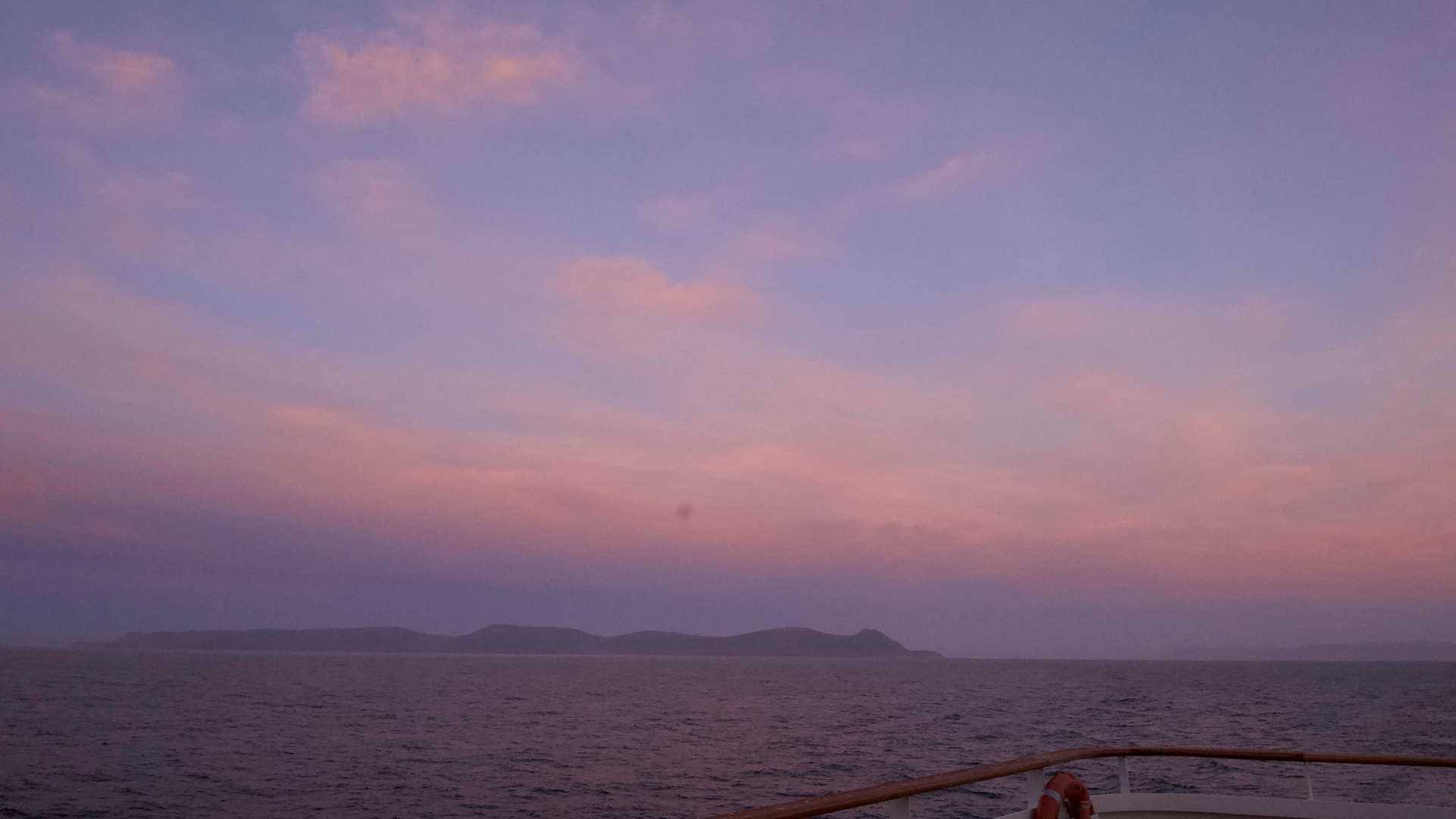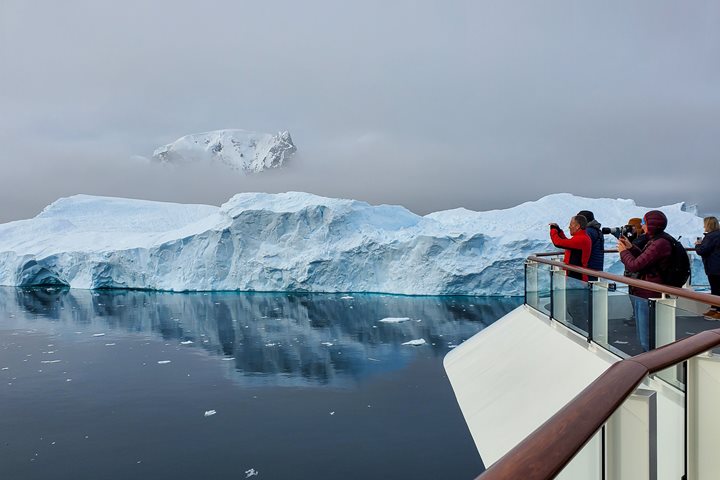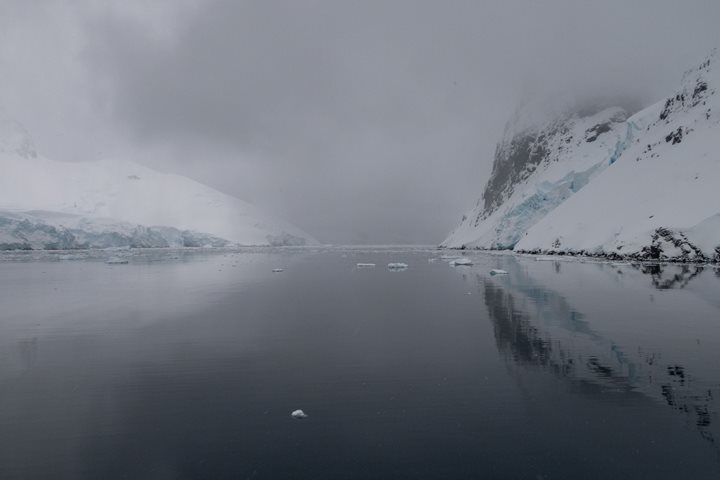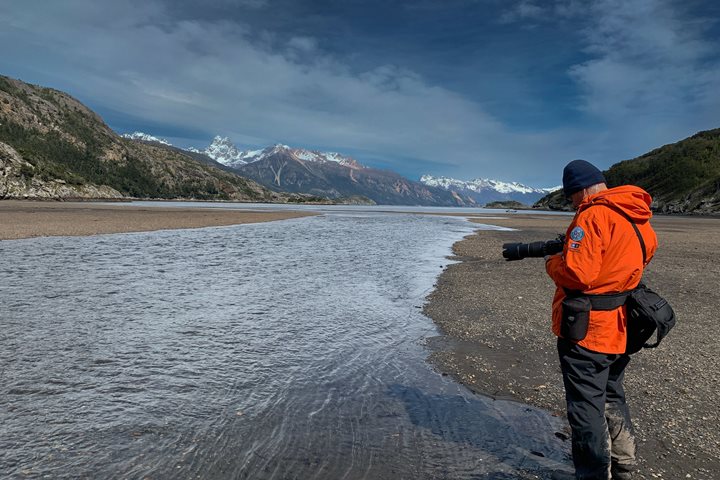By early morning, National Geographic Explorer was sailing in a southerly course for Antarctica. The sea conditions were calm as dawn splashed all over the sky in giant brush strokes. Over Isla Nueva, the subtle pinks rose over the island before disappearing overhead as they blended into pale yellows and oranges, which on turn were swallowed up by blues and greens where the sun would soon appear. Over in the southeast the jagged peaks of Staten Island rose majestically, the rest of the island clearly visible.
- Daily Expedition Reports
- 11 Nov 2021
Isla Nueva, 11/11/2021, National Geographic Explorer
- Aboard the National Geographic Explorer
- Antarctica
Edward Shaw, Naturalist
Eduardo Shaw has travelled widely as a naturalist and guide. For the past 34 years he has lived with his family in northwestern Patagonia, working as a teacher and in community projects before returning to expedition ships. Eduardo is deeply committe...
Read MoreShare Report
Antarctica and Patagonia: Legendary Ice and Epic Fjords
VIEW ITINERARYRelated Reports
11/14/2021
Read
National Geographic Explorer
LeMaire Channel and Pleneau Island
Morning began early on National Geographic Explorer with a beautiful cruise through the LeMaire channel. As the ship passed beyond the southern end of the channel, it was surrounded by ice with spectacular views of sea ice and icebergs. The Zodiacs were soon lowered to take everyone ashore at Pleneau Island for up close encounters with penguins. In the afternoon, Zodiacs zipped around grounded icebergs as everyone was treated to a cruise through monumental ice sculptures created by glaciers. The day ended as it began, with a trip through the always awe-inspiring LeMaire channel.
11/9/2021
Read
National Geographic Explorer
Jackson Bay, Karukinka Natural Park & Canal San Gabriel
During a rare, perfectly still and windless morning, we landed at Jackson Bay, in Admiralty Sound to visit the most remote section of Karukinka Natural Park, a private protected area managed by the Wildlife Conservation Society. At 330 hectares, this area protects some of the southernmost forests, grasslands and peatlands of the planet together with a vast array of wildlife including several endemic bird species and a colony of breeding elephant seals. We hiked through large stands of primeval forest to get to a waterfall that drains the overflow of some alpine glaciers still blanketing the peaks that flank the valley we walked toward.







